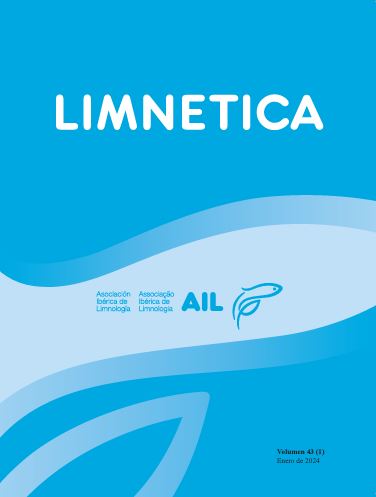Longitudinal patterns in water quality and fish assemblage structure in a low-gradient, temperate Neotropical stream disrupted by a point-source urban effluent
Abstract
Low-gradient, prairie streams from the Pampa Plain, Argentina, constitute the southernmost geographic occurrence for many Neotropical fish species. Understanding the structure and functioning of these ecosystems is crucial for their conservation in a world with ever-growing anthropic pressures. The Del Azul stream is 160-km long and runs through an urbanized area. Under this scenario it could be hypothesized that the water quality will be influenced by the anthropic activities and the natural conditions of the region and that the fish fauna will be responsive to the water quality characteristics. Therefore, our aim was to identify longitudinal patterns in water quality and fish fauna composition along the stream main course and to study the relationship between them. Seven sampling sites were selected along the stream intended to represent the existent environmental conditions. Sampling campaigns were conducted twice during each of five consecutive summer periods. Through the use of cluster analysis and canonical correspondence analysis we evidenced that the water quality characteristics were more distinctive of a basin sector than the fish species abundances. On the other hand, some key species could be indicative of certain water quality characteristics with the most conspicuous cases given by Cnesterodon decemmaculatus for organically polluted reaches, and Oligosarcus jenynsii for lower salinities and less polluted reaches. These species could be useful for biomonitoring temperate Neotropical streams.
Downloads
Published
Issue
Section
License
Authors publishing in the journal agree to the following terms
Limnetica is licensed under a Creative Commons Attribution-NonCommercial 4.0 International License.


